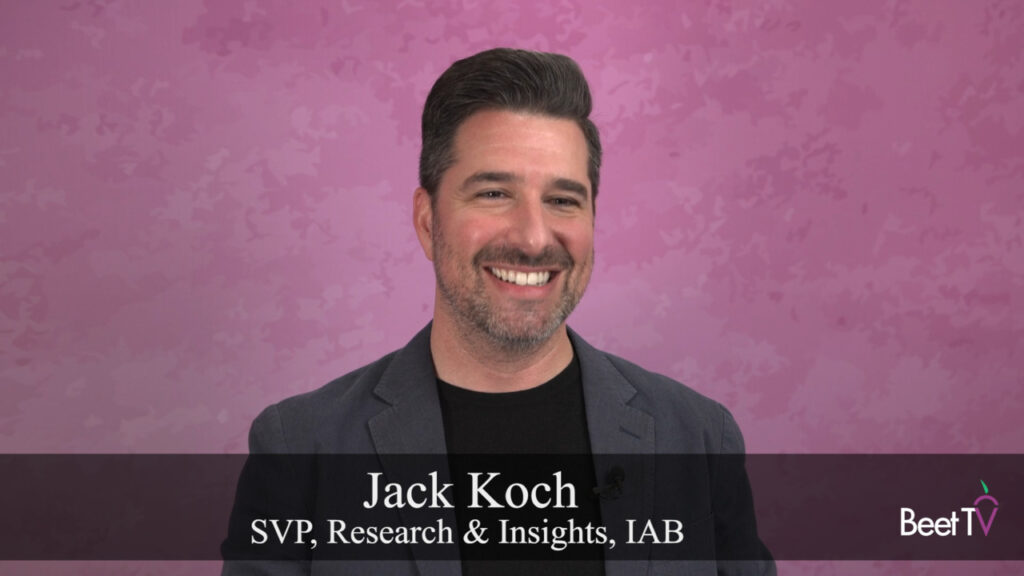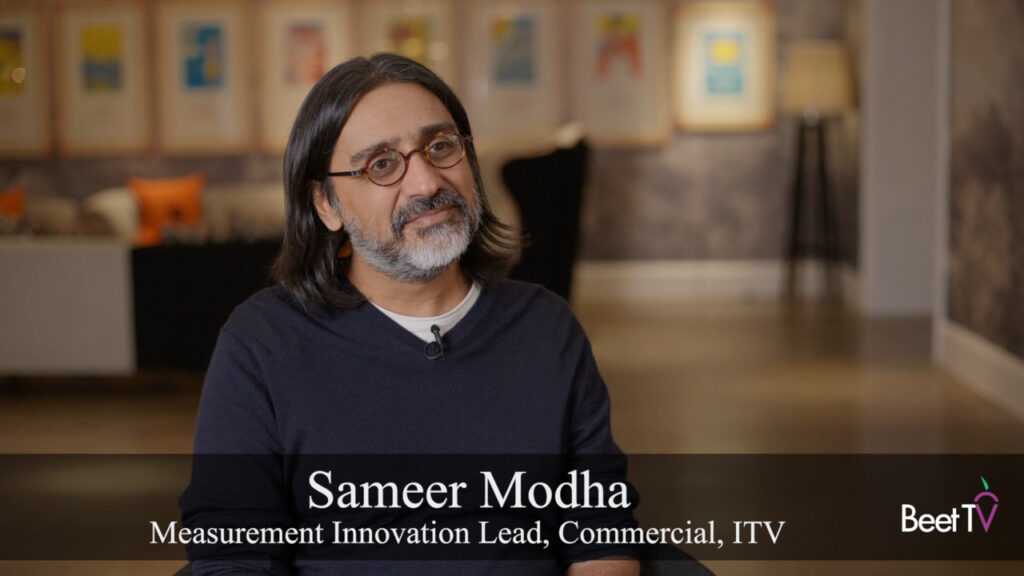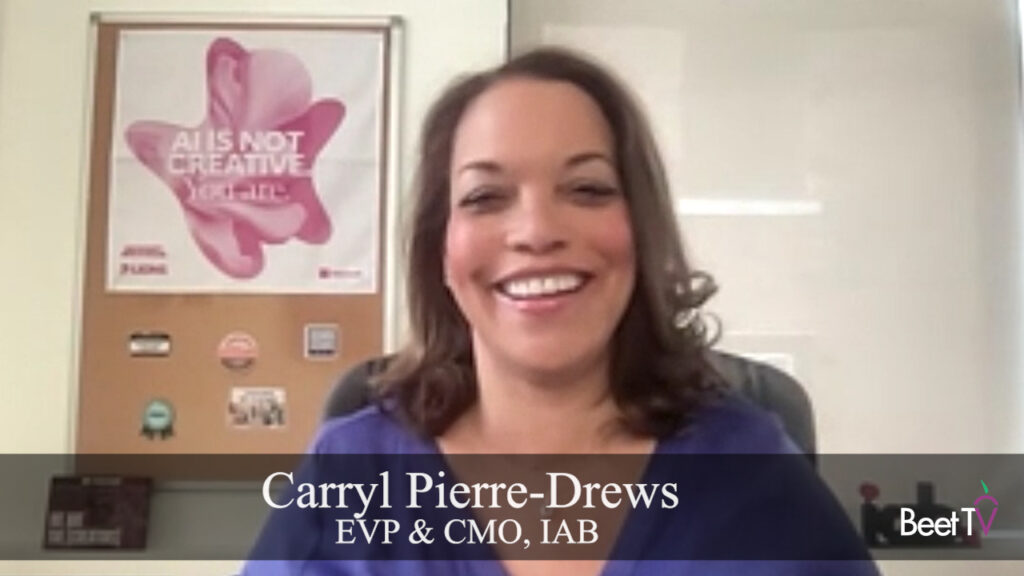While the technology now exists to identify fake photos on a one-by-one basis, there’s no one-click solution to detect the enormous amount of doctored photos, says Dartmouth Computer Science Professor Hany Farid.
Farid has developed sophisticated tools to detect photo forgeries, but
it will be five or ten years before it is possible to automatically
process the ten thousand photos news organizations like Reuters and AP
typically handle in a day, he says.
Blame it on Photoshop
Inexpensive software, notably Photoshop, is making it easier to
doctor photos than ever before.
Even the average layperson is using Photoshop to slenderize waists and digitally remove ex-husbands from photos, and sales
for Adobe Photoshop Elements rose 20 percent over the last year, The New York Times reported in a story Friday.
Now that anyone can practice "revisionist history," as Alex Williams writes, forgery-detecting software will be an important way to get at the truth.
Videos are still safe from mainstream tampering for the time being, however. "Doctored video is about where doctored photographs were ten years
ago," Farid says. He is currently working on solutions to identify fake videos.
Farid works with federal law enforcement agencies detect digital forgeries.
Andy interviewed Farid in his office in Hanover, New Hampshire earlier this month.
–Kelsey Blodget, Associate Producer
Disclaimer: Dartmouth College is a client of Plesser Holland Associates.


























